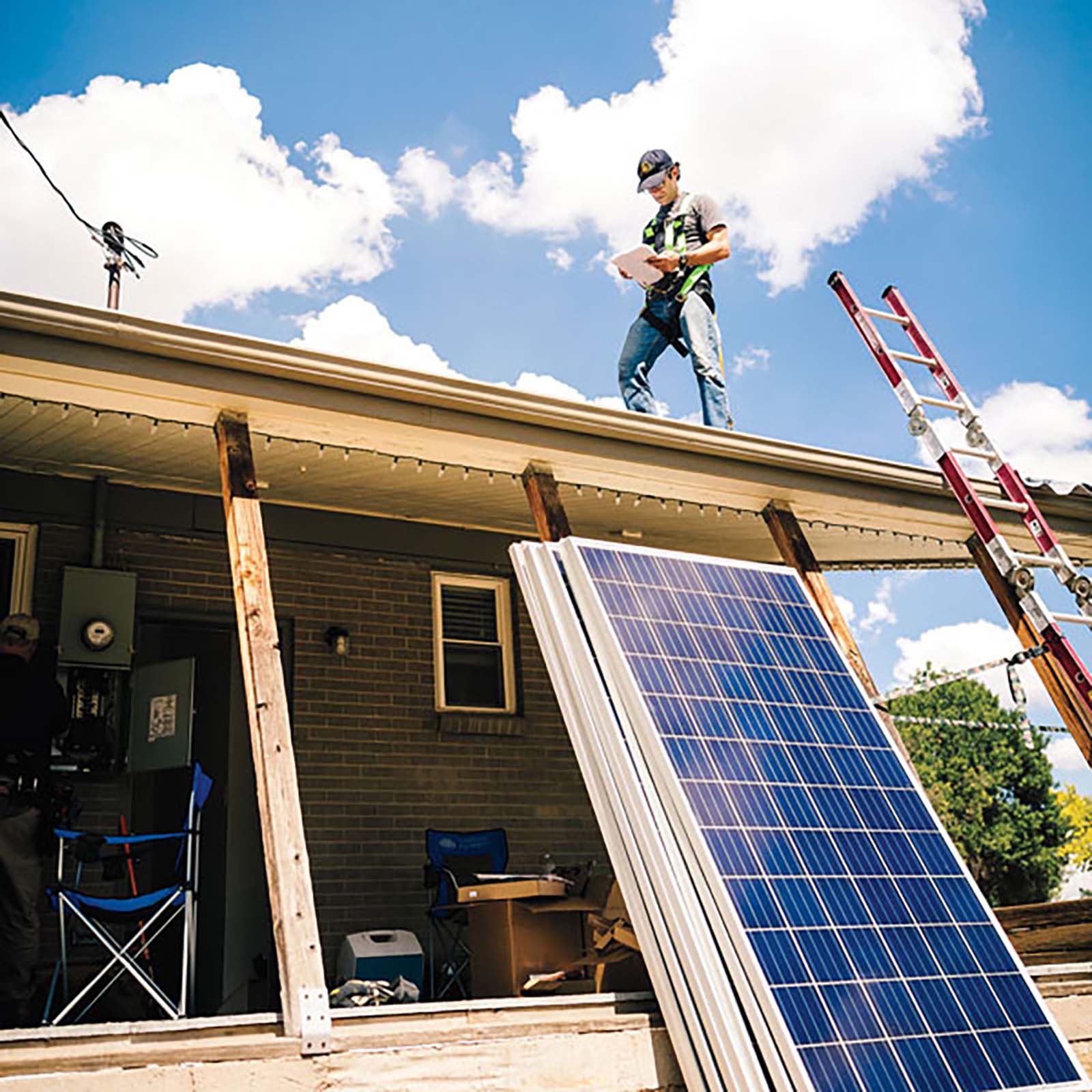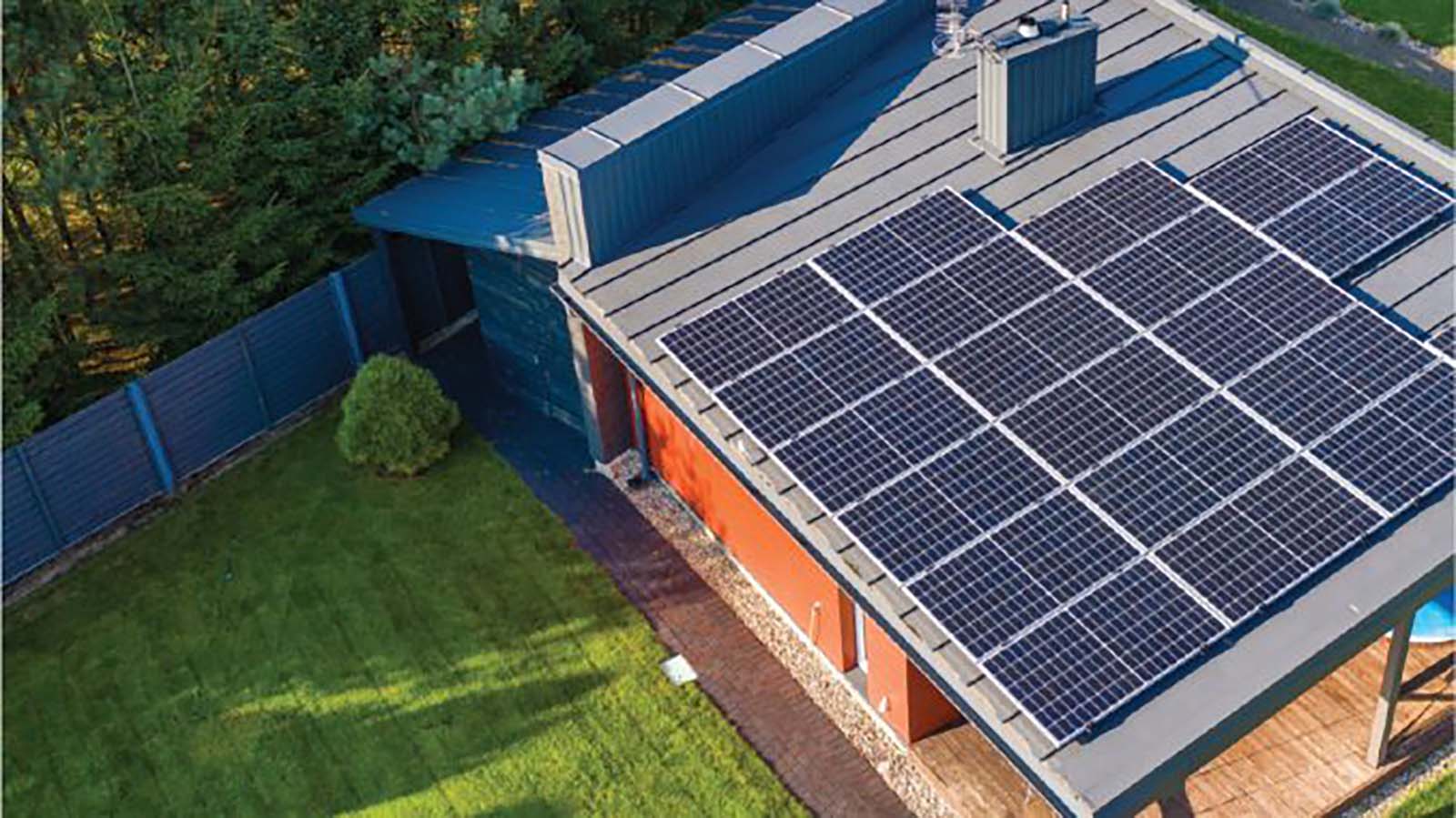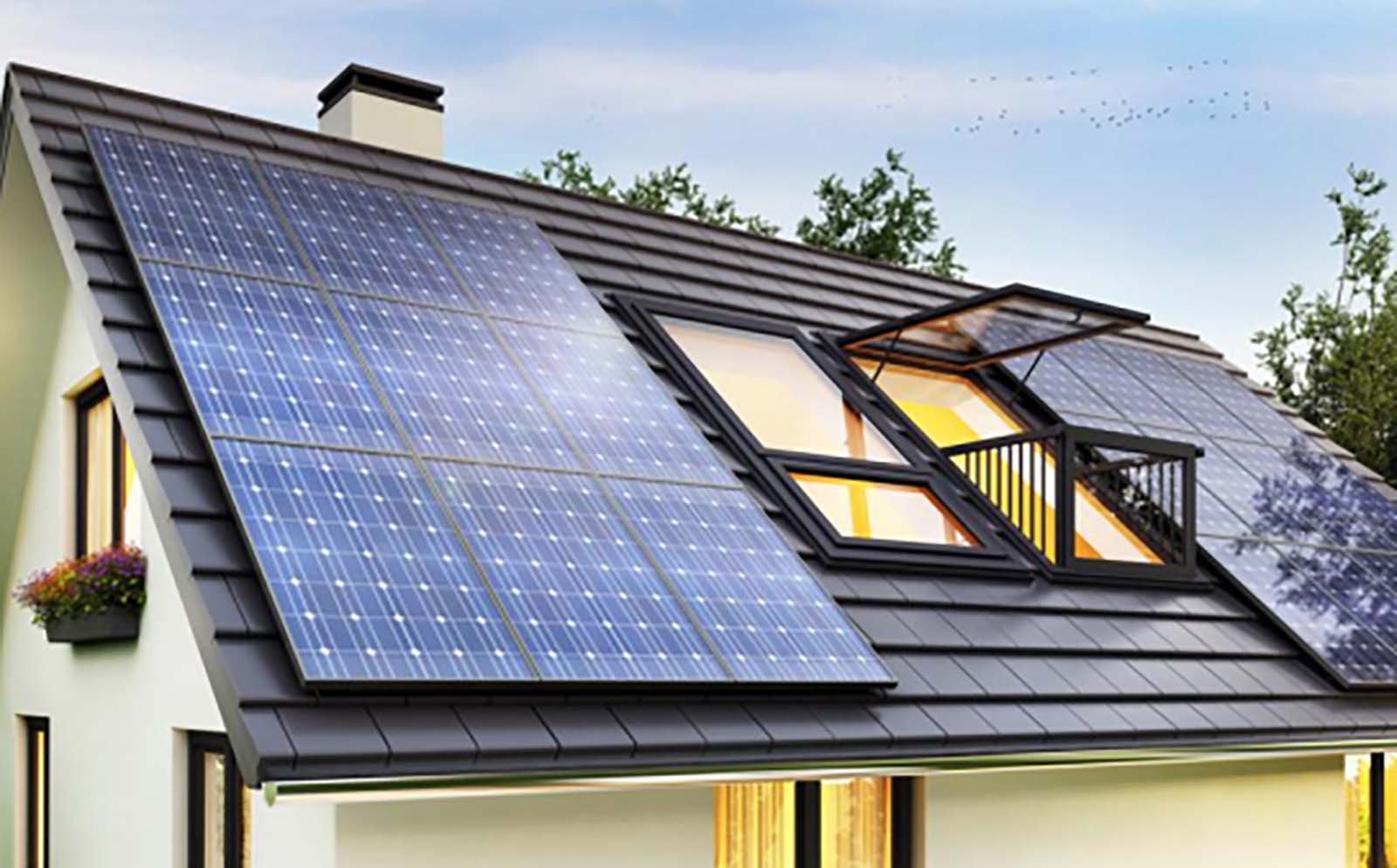How many amps does a 10kW solar system produce?

Introduction
Solar energy is a renewable source of power that has gained popularity in recent years due to its numerous benefits. One of the key components of a solar power system is the solar panels, which convert sunlight into electricity. When it comes to determining the performance of a solar system, one important factor to consider is the amperage produced by the system. In this article, we will explore the amps produced by a 10kW solar system and its significance in harnessing renewable energy.
Understanding amperage in solar systems

Amperage, also known as current, measures the flow of electric charge. In a solar system, the amperage produced depends on several factors, including the size and number of solar panels, the efficiency of the system, and the intensity of sunlight.
Calculating amperage for a 10kW solar system
To determine the amperage produced by a 10kW solar system, we need to consider the relationship between power, voltage, and current. The formula to calculate amperage is:

Amperage (A) = Power (W) / Voltage (V)
A 10kW solar system produces 10,000 watts of power. Assuming a standard voltage of 240 volts for residential solar panel installations, we can calculate the amperage as follows:
Amperage = 10,000 watts / 240 volts
Amperage ≈ 41.67 Amps
Therefore, a 10kW solar system typically produces approximately 41.67 Amps.
Significance of amperage in a solar system
Understanding the amperage produced by a solar system is crucial for various reasons. Firstly, it helps in determining the size and capacity of the system. By knowing the amperage, solar installers can select the appropriate circuit breakers and wiring size to safely handle the electrical current generated by the system.
Secondly, amperage plays a role in optimizing the performance of a solar system. In certain situations, low amperage can indicate issues such as shading, soiling, or panel failure, which can impact the system’s overall efficiency. Monitoring the amperage can help identify and address these problems promptly.
Lastly, amperage is essential for evaluating the system’s compatibility with inverters and battery storage systems. Inverter capacity is often determined by the amperage required, and understanding the amperage produced by a solar system is crucial when planning to integrate battery storage for excess energy utilization.
Conclusion
In conclusion, a 10kW solar system typically produces around 41.67 Amps of current. Amperage is a vital aspect to consider when designing and assessing the performance of a solar system. Understanding the amperage generated allows for proper system sizing, efficient operation, and compatibility with other components. By harnessing the power of solar energy and optimizing amperage, we can contribute to a cleaner and more sustainable future.

